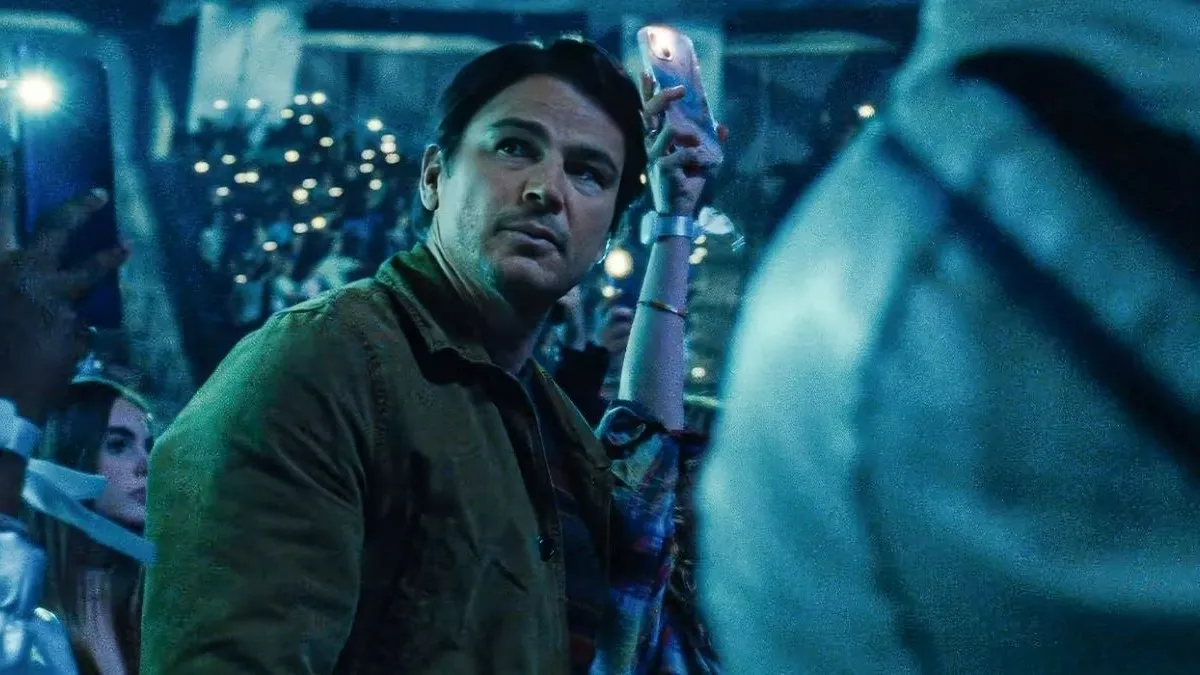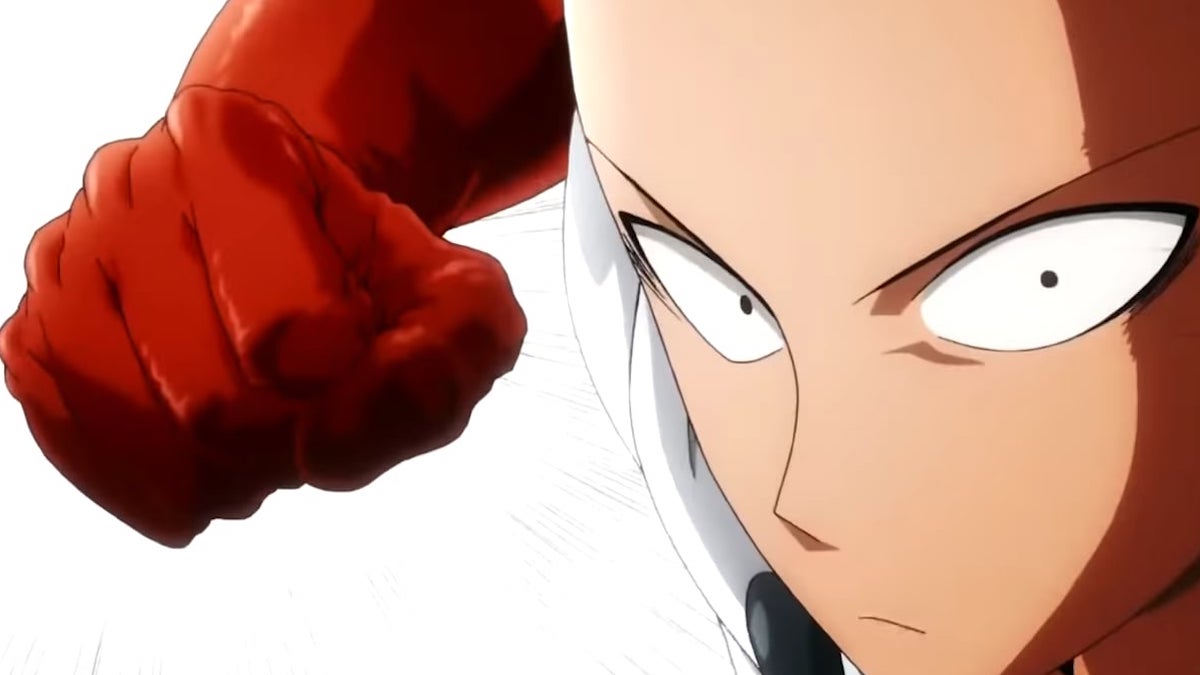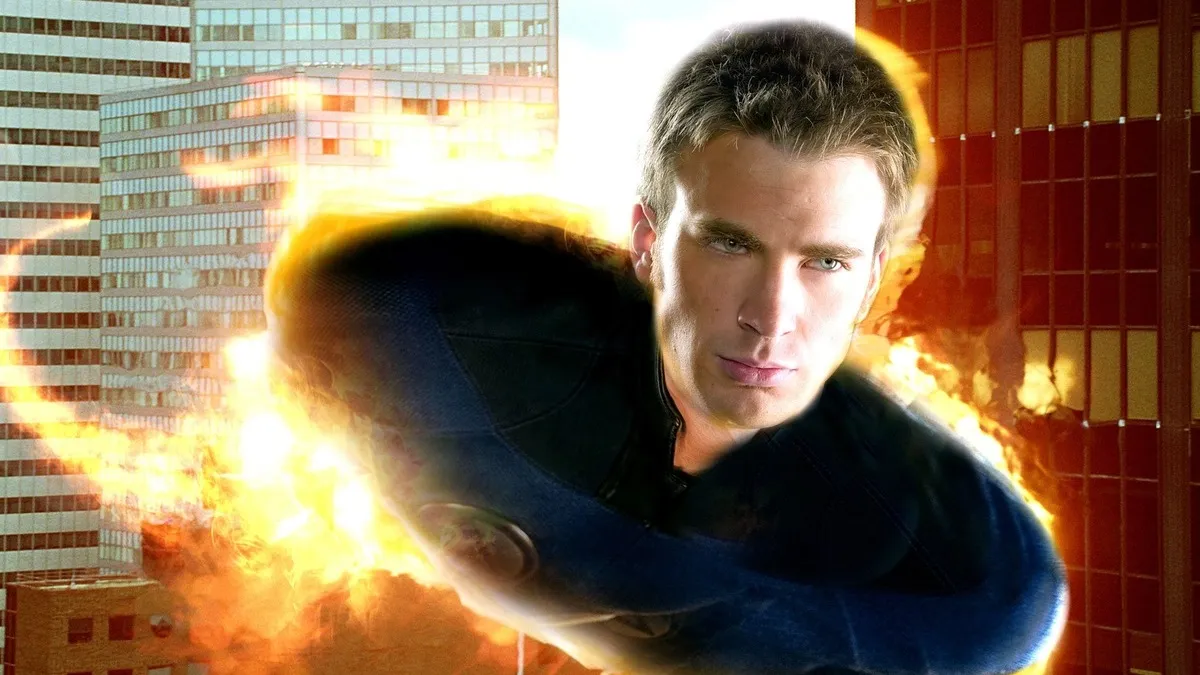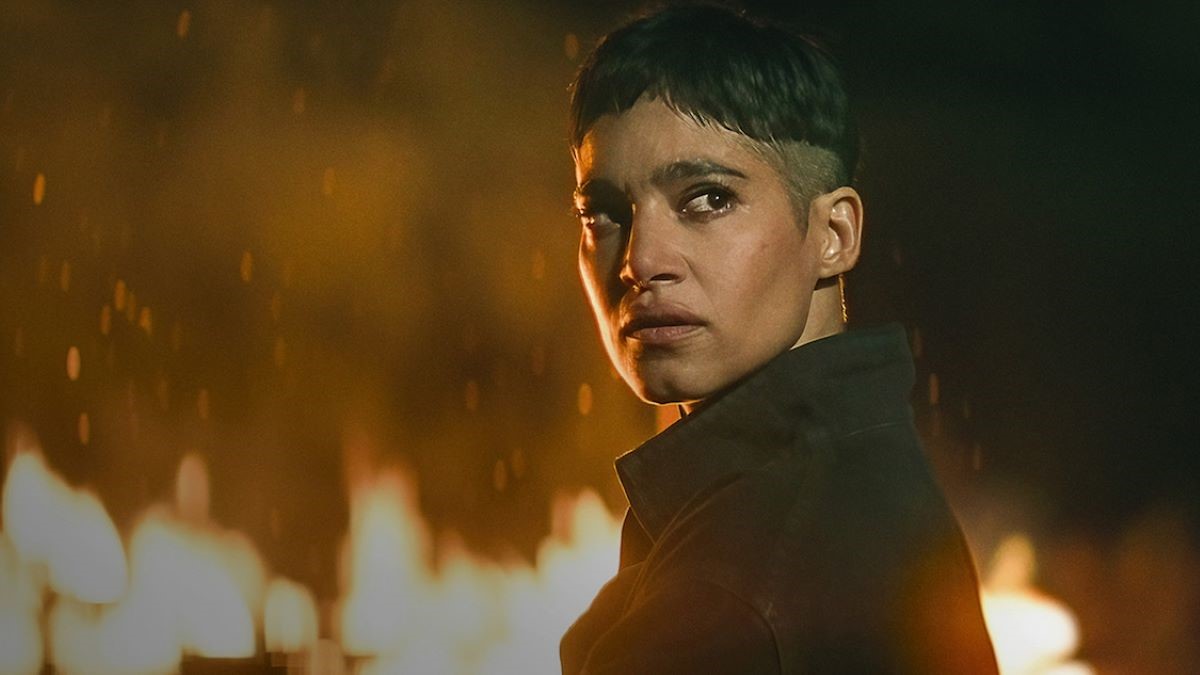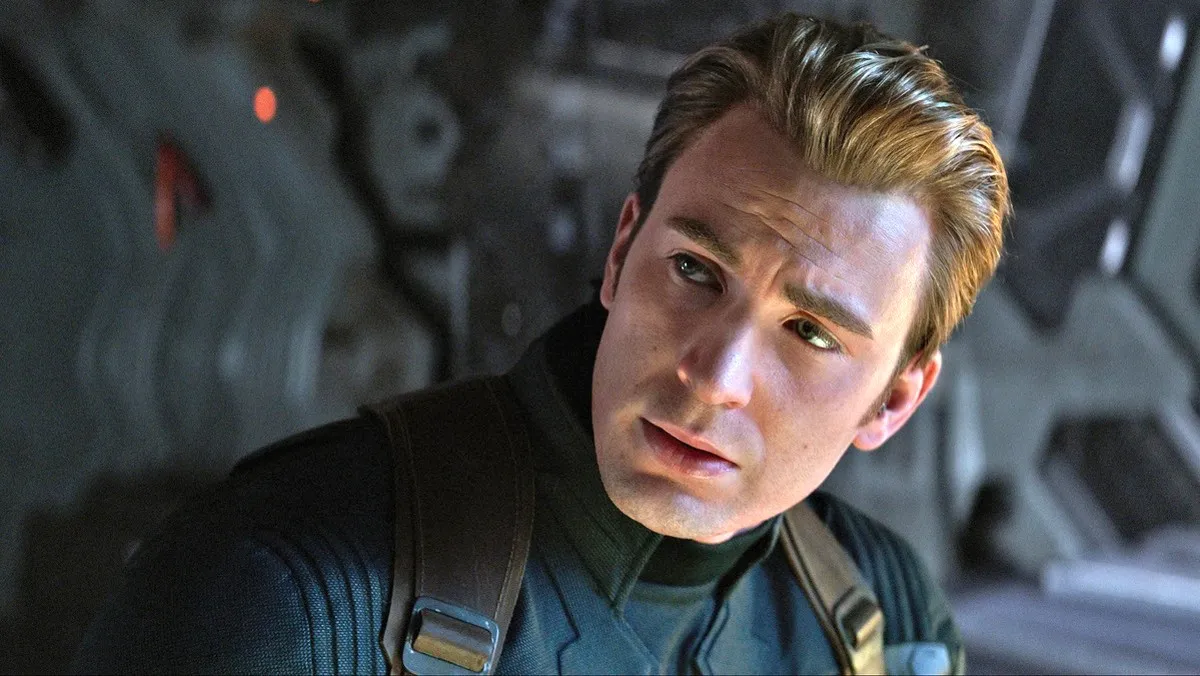I’ll move on the second scene here – and I think this is one of the most beautiful scenes in the film, and strangely, the most demonic one. I called it Arthur’s [liberation] where he accepts this being from inside of him – I won’t say what he’s done, but he ends up in a bathroom, this green-lit bathroom. He’s doing these translucent moves, and it’s so smooth, but also so eerie. What did Todd Phillips want for that moment? Because it’s a very important moment in the film.
Jeff Groth: Much of what’s going on there is transformation; that was the idea in that scene. That scene is, again, very closely tied to the music. Our composer, she plays that piece of music prior to shooting; we had gotten a few tracks from her. We really loved this one and played it on-set on and off – not necessarily as going with any one particular thing, but just to create a mood for the shots that were going on. That one specifically became a dance to that piece of music. In the end, the actual notes aren’t necessarily synced up to the moves themselves, but he is responding to that piece of music. If you look at that scene, there’s only two takes; three cuts and two takes. [There’s] the larger take, which is the one that we all liked just from seeing it the first day, and then the only other shot in there takes a step back. So that scene, [in terms] of where we got into it and where we got out of it, we chose very little.
Maybe that’s what works so well about it.
Jeff Groth: Yeah, it was one of those things. There’s this piece of music that’s been done specially for this movie and the movie itself comes back to meet that piece of music.
So, I get that with the music, but this is a fantastic performance – hopefully one that gets recognized by the Academy.
Jeff Groth: I can’t say enough about his performance. I wish I could show everybody every piece of footage because looking through it was an [rich pleasure].
I mean, if you want to send it my way, I’ll look through it. But I understand that when you have something that’s specifically crafted for the film, you don’t want to touch it at all. How hard is it to cut something like this? Were there any moments in this film that was just so flawlessly done, you just let it go?
Jeff Groth: There’s a lot of difficulties in that way. The scene we’ve already discussed in the bathroom is the easiest one to identify. Overall, there’s perhaps less cuts than there might be in other movies. We’d go through and look at some scenes and say, “where should we let things play?” We’re not manipulating this so much, letting it play more naturally. That’s the trick: we have all these things that we want to show, but how do we let it also play naturally? And I guess the other thing that made this difficult is that so much of what was kept was valid. All the reactions that Joaquin had and what he was doing, he would mix it up. But he would mix it up in a way that was still a valid reaction to what was going on. So figuring out what was the best piece to take of all those loops was really the trick of Joker. It wasn’t like “that take got messed up;” it was like “wow, this is great. This is also great. How do we decide?”

I actually spoke to the cinematographer of Walk the Line in Toronto who also, of course, worked with Joaquin Phoenix on another one of his great roles. He mentioned that there were times, specifically in those scenes where he was performing on stage, that [the cinematographer] wasn’t exactly sure how to set up because Joaquin was so spontaneous. I was wondering, you’re of course given all this footage after it’s shot, but did you run into any challenges when it came to forming scenes around this performance?
Jeff Groth: The biggest challenge with that is [how] he would play the scene in more than one way a lot of the time. Like I said, it was figuring out which way to take it. As far as playing the scene in more than one way, he was very consistent. Say, if you had eight takes, you might, around take five, do something different. But when we would shoot at another angle, he would continue to do all the things that he’d done before. He has a great memory for what he’s been doing, so he’d repeat those actions, even when they were spontaneous the first time. That way, we’d get the reverse coverage.
Again, that makes your job a whole lot easier. But before I let you go, because I know our time is running short here, I always like to ask people about their inspirations. Todd Phillips hasn’t been shy about the importance of Scorsese films like The King of Comedy and Taxi Driver in the making of Joker. Did you take anything away from those movies? Did you look back at any of those or did you find inspiration from somewhere else?
Jeff Groth: I absolutely looked at those. Network and The French Connection were a couple more that definitely have an influence in the movie. I asked Todd, “what movies should I be watching leading up to this?” And he said anything from the 1970s. We put a lot of attention into making the movie feel that it could have come out in that time, whether it be shot selection or the lights in which we would hold the shot. Another one that I can think of was Patton because it’s a character study and it’s got a specific score. I’ve heard people mention the steps in The Exorcist, and I hadn’t thought of that but there are a lot of elements that feel familiar. But it was made to feel like something that you know.
Joker will be taking the world by storm (metaphorically) on October 4th. Don’t miss it.






